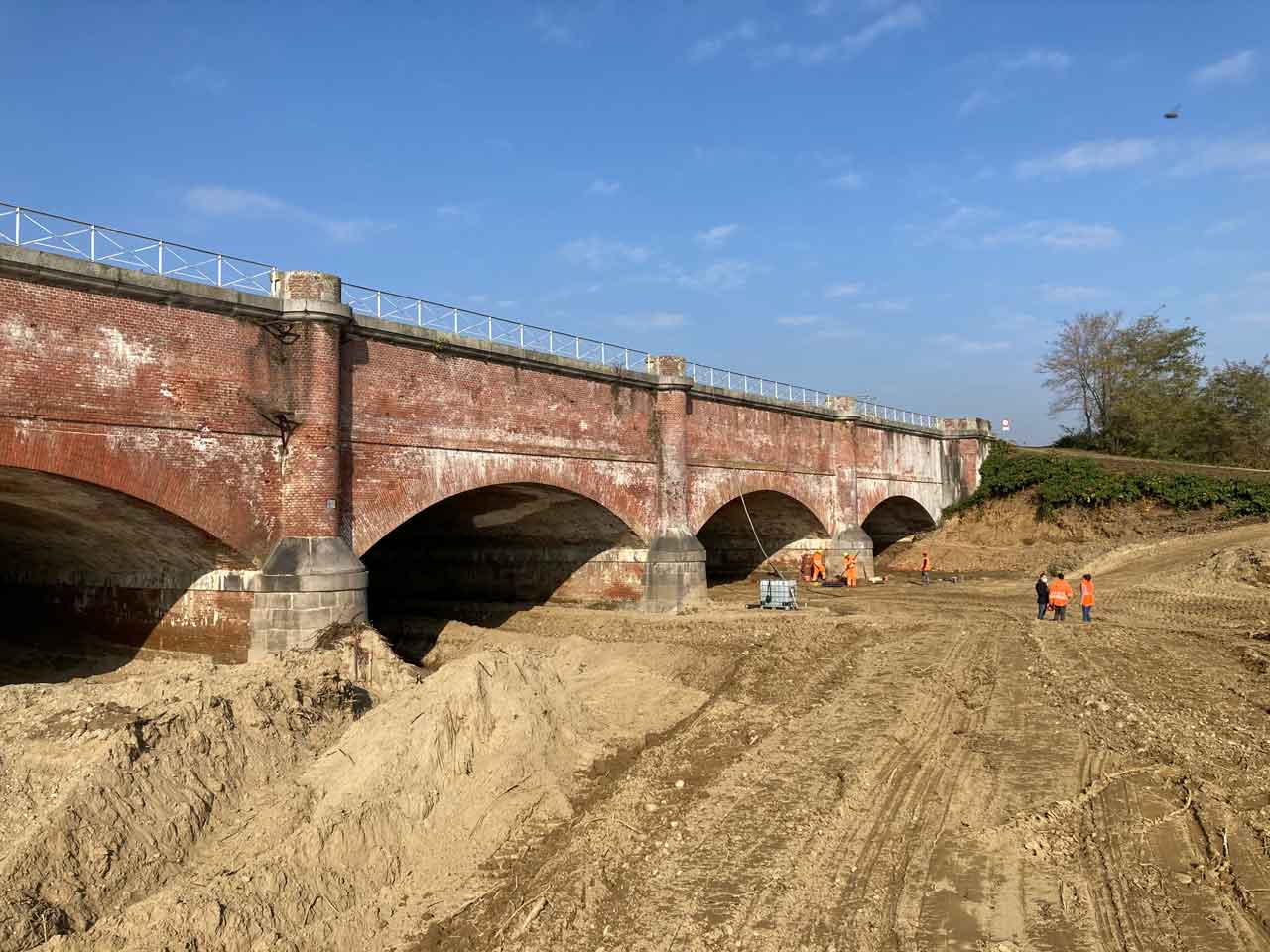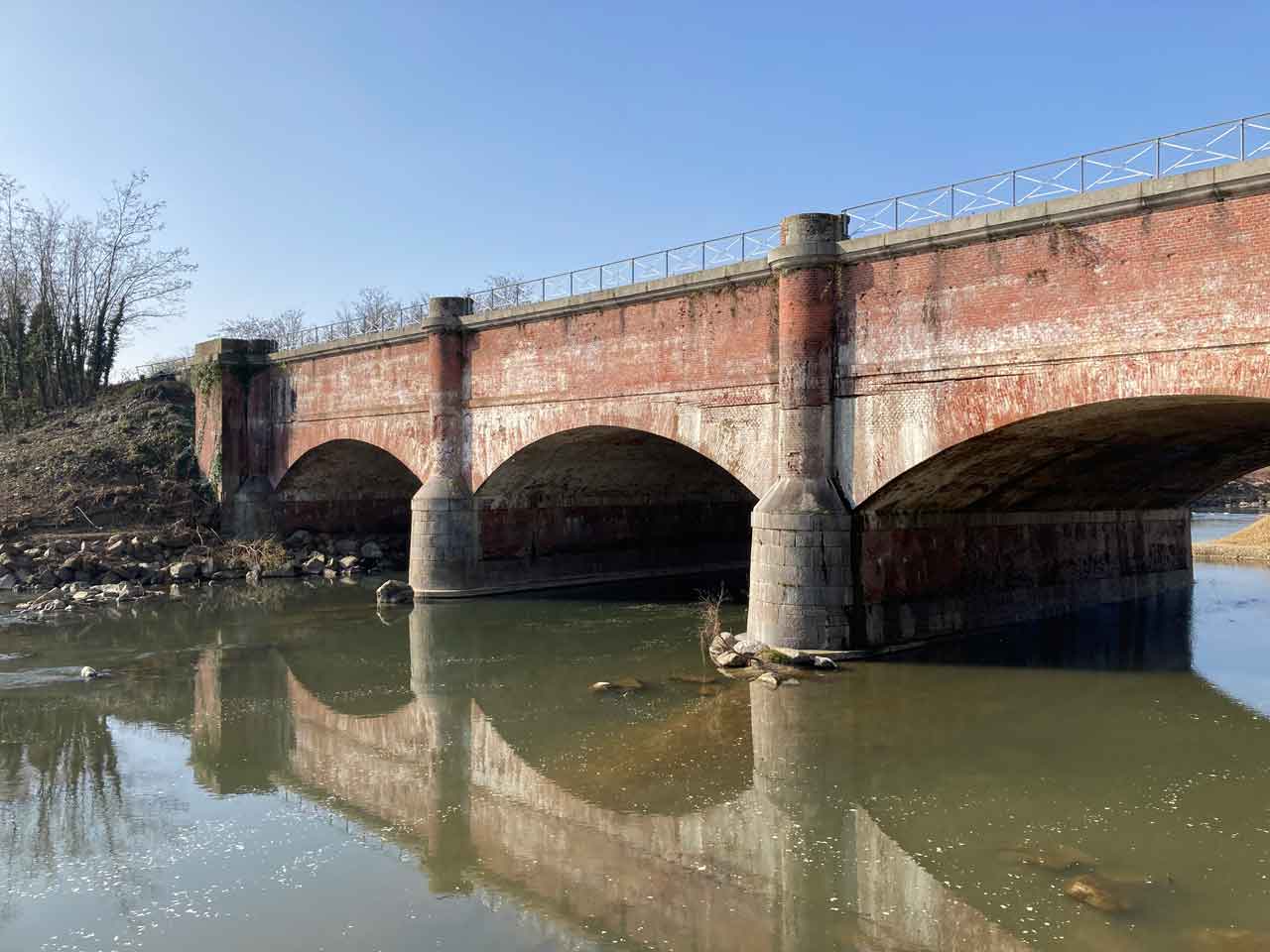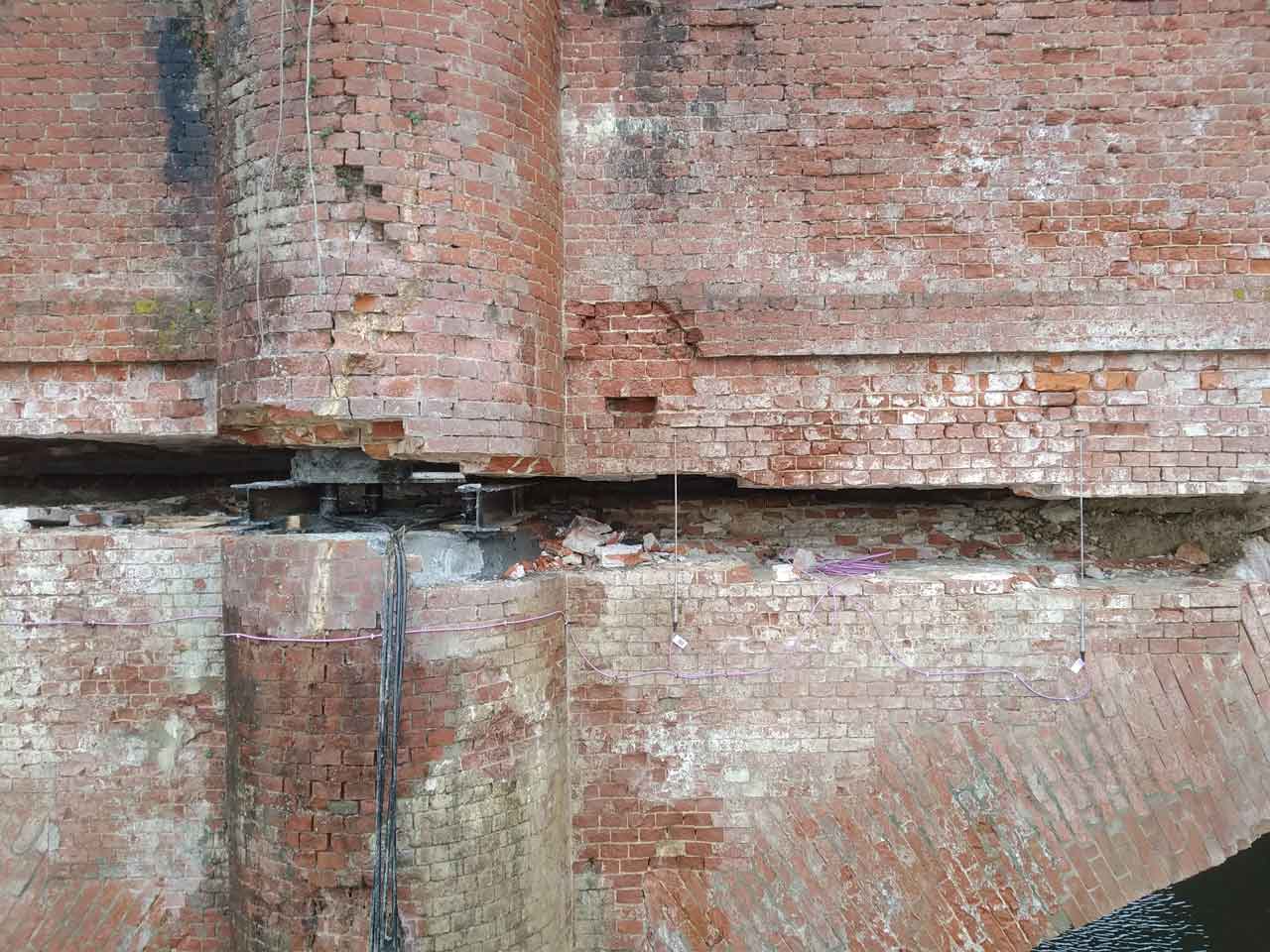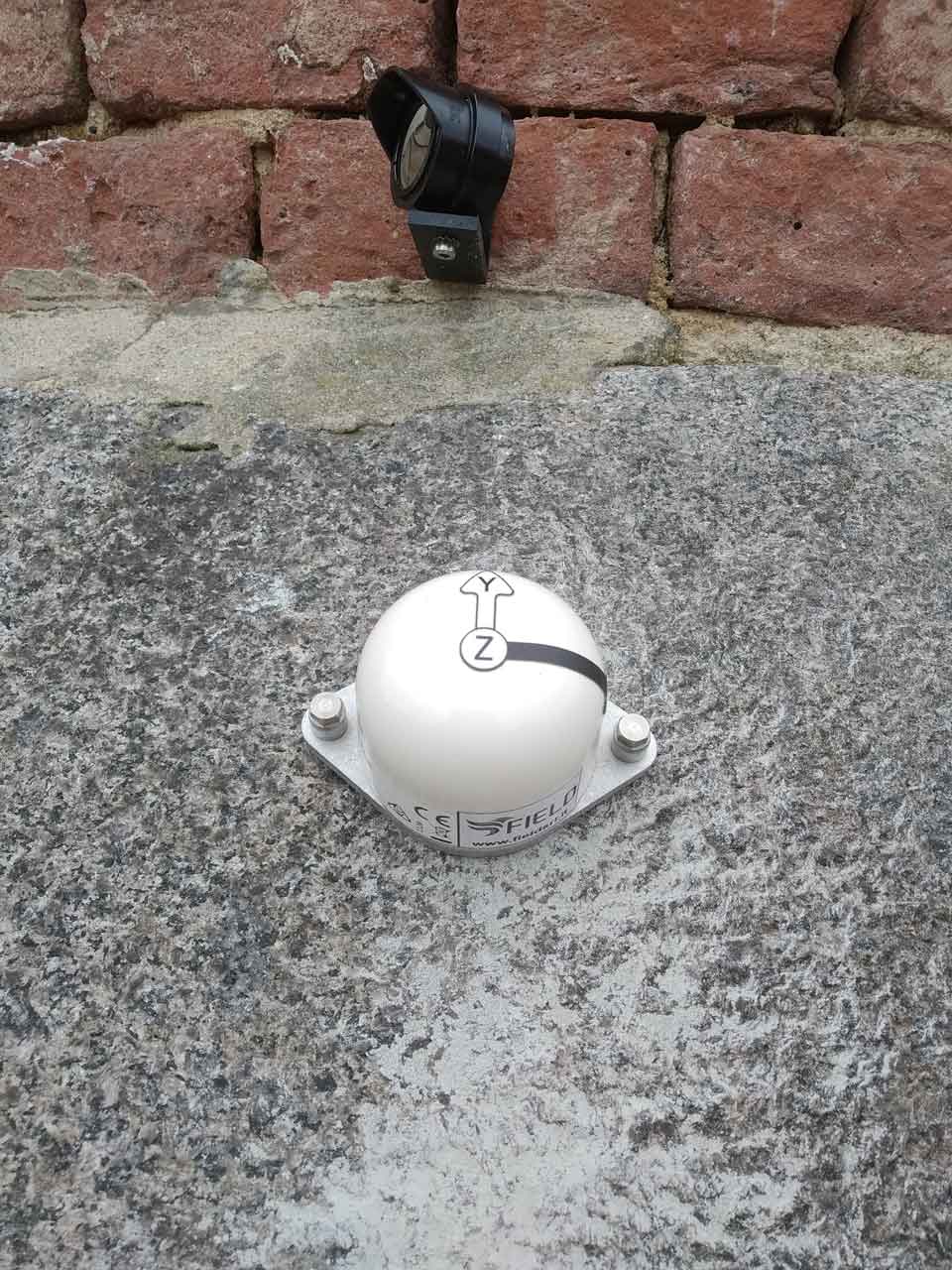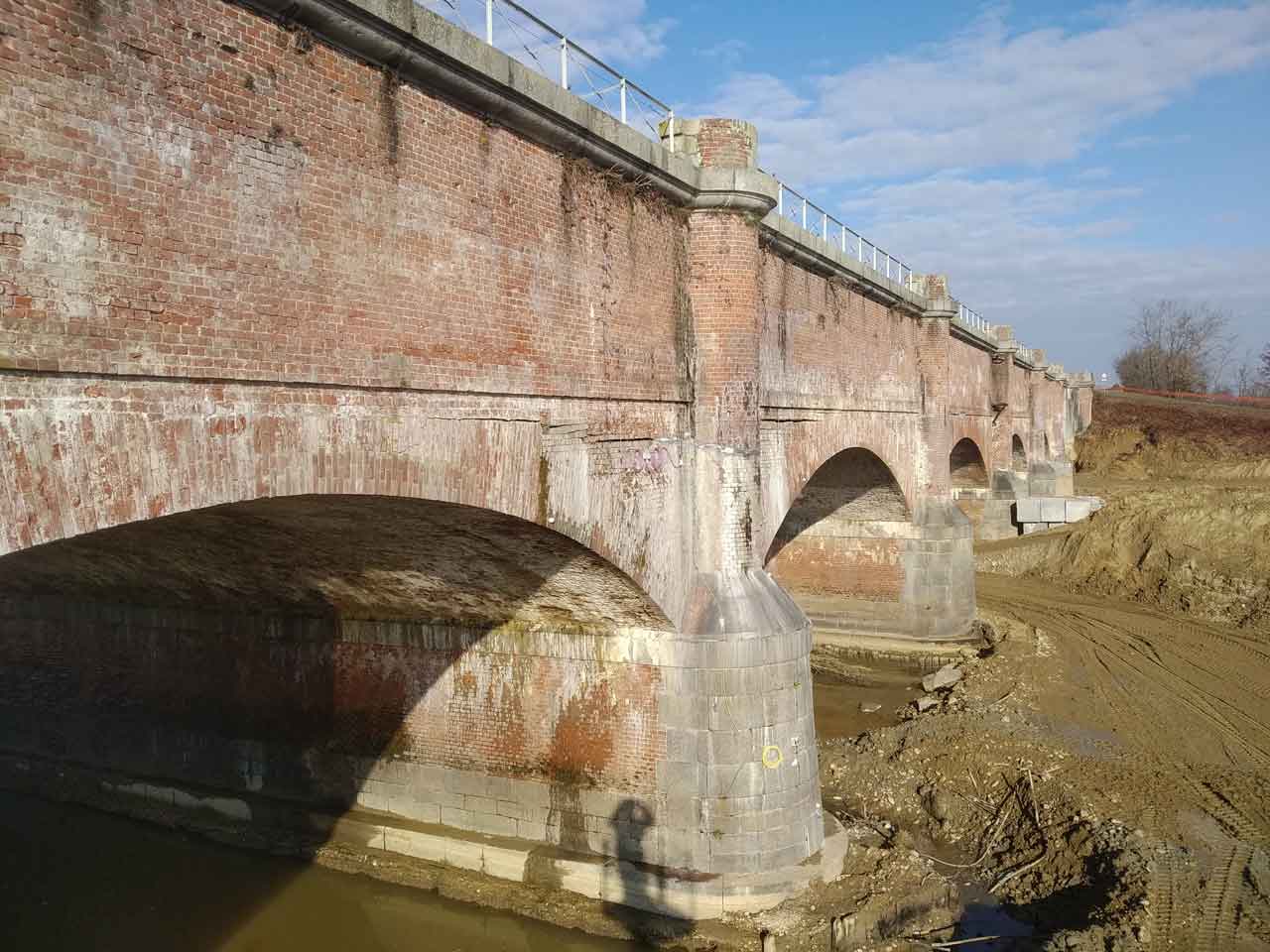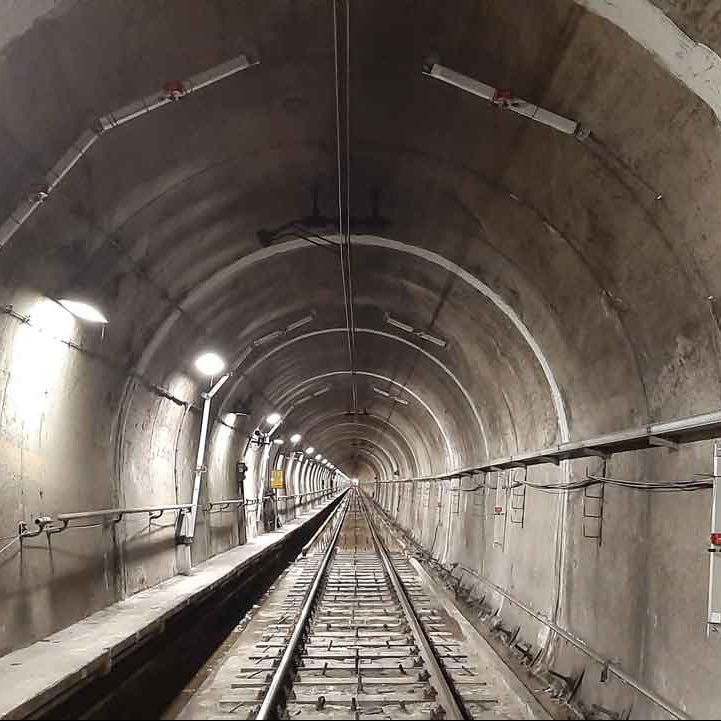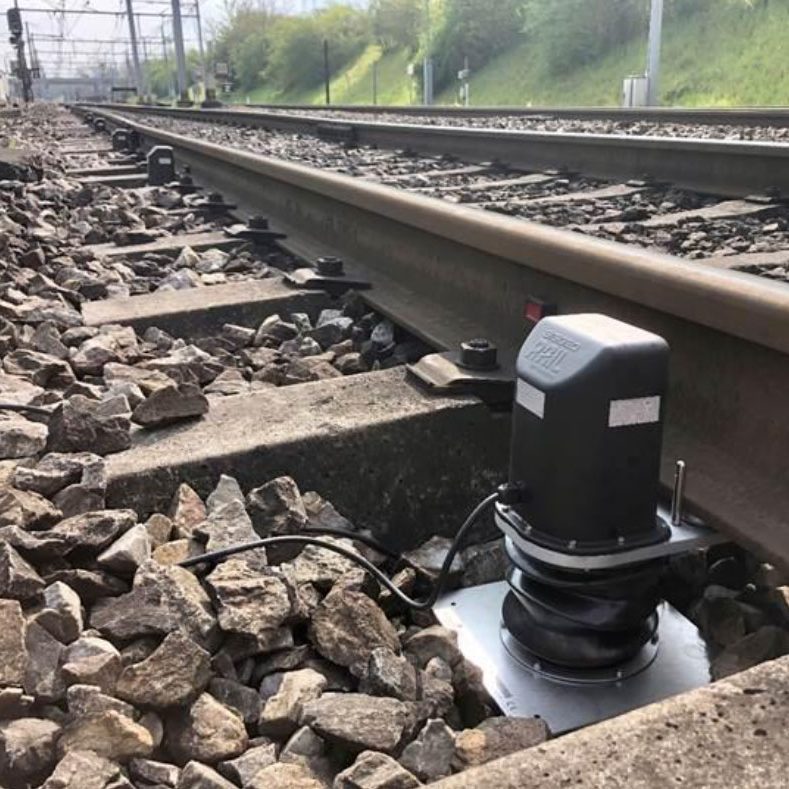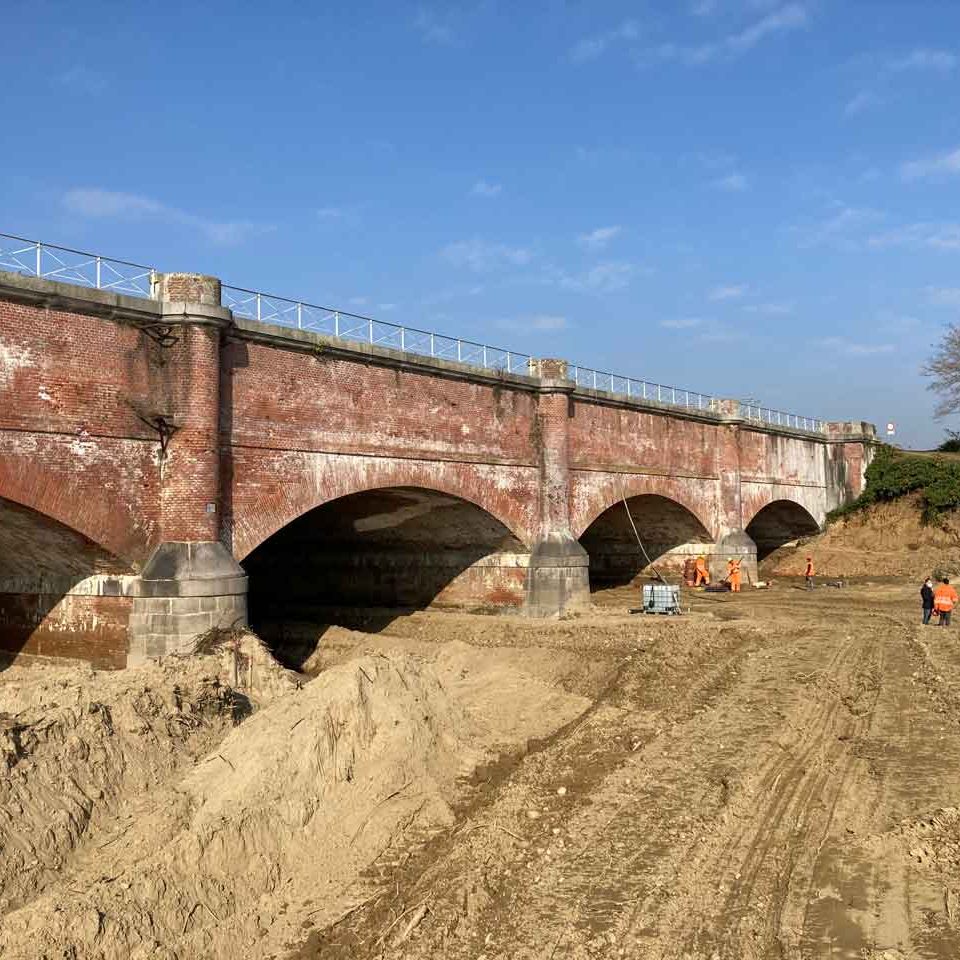Project
The canal bridge is a historical structure built in the mid-1800s and is of the multiple-arch masonry and stone type. The structural layout consists of 7 continuous spans with a span length of 18 meters, 6 intermediate piers, and two end abutments. The piers have an overall height of 4.1 meters and feature an elongated rectangular full-blade masonry section. The arches are of the flattened hexagonal type with a thickness of 1 meter. The superstructure of the canal is composed of a massive “sponson wall” that stands out from the “headwall,” with a thickness of 1.5 meters and a constant height of 3.5 meters.
Intervention
The canal bridge underwent a significant safety, restoration and structural reinforcement intervention due to severe structural damage. Field was entrusted with the preparation, installation, and management of an extensive monitoring system consisting of over 100 wireless biaxial clinometers and numerous crack meters to monitor the structure during and after the work. In particular, biaxial clinometers were placed on the superstructure, piers/abutments and arches, with the aim of monitoring the verticality of the structures and relative vertical displacements, both global and local, reconstructed through post-processing from the inclinometric data. The fixed monitoring system was calibrated and validated with manual topographic measurements of the displacements of all measuring points. Several crack meters were positioned to monitor the evolution over time of the amplitude of the most significant cracks. All sensors are connected to wireless gateways for automatic data transfer using 4G technology. The data from the entire monitoring system is managed, processed and validated by the AIDA IoT platform and delivered to the client through an AIDA IoT web page dedicated to the project. Sensor installation/repositioning operations were completed in 2021 while monitoring and data management are still ongoing.
Results
The installation of a fixed monitoring system and data management through the AIDA IoT web platform enabled the control of the historic structure during all restoration and structural reinforcement activities, ensuring safety during the most delicate operations. The ability to access data and receive direct alerts in case of critical situations through the AIDA IoT platform allowed for a faster and safer response by the technical staff involved.
Transitioning from manual monitoring (point-specific topographic measurements) to automatic monitoring also provided the client with quicker and immediate structural control. This activity also reduced the number of labor hours required for monitoring the structure, resulting in cost containment for operational expenses.
